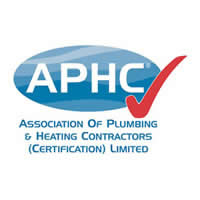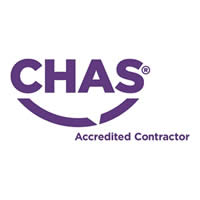If you’re a self-builder that’s embarking on your own home building project in 2023, then you should be thinking about how renewable energy can help you make as low an impact on the environment as possible. Established zero and carbon neutral technologies have never been more affordable, with the best results often achieved in new build projects. With renewable energy prices dropping lower than ever and incentives to go green still very much to play for, 2023 is the ideal time to be a self-build eco hero!
Benefits Of Installing Renewable Energy For Self Build Homes
Self Build Costs
It’s no secret that the cost of a self-build home can be dramatically cheaper than if you were to buy from a commercial developer. But any self builder with experience knows it’s certainly not the easier path.
As a self build project manager, money is possibly the biggest incentive to installing renewable energy into your home. In fact, right now is the perfect time to go a step further in your new-build home and create a green space that will have much lower long term running costs.
When you merge renewables into a new build, it’s invariably cheaper than trying to retrofit into an older house. By including renewable energy into your initial self build planning, you can combine complimentary renewables without restriction. In turn, you’re tapping into the best options available, rather than compromising.
Until March 2025, all self-build projects can attract an up-front grant of £7,500 to help pay for the low carbon technology making a renewable heating system often a lower cost than a traditional fossil fuel boiler system.
Some of the most common renewable heating installs in the UK are:
Air Source Heat Pumps
Air source heat pumps (ASHP) run on electricity that can be obtained from renewable energy sources such as national offshore wind farms. For new builds you could even generate your own electricity with solar panels on your roof, giving you complete freedom and control.
Air source heat pumps work by converting outside air to warm air, which then acts as your heating system. Running costs are extremely low because air source heat pumps are super efficient and are known for their reliability and consistency.
As well as being compatible with solar panels, air source heat pumps can work in conjunction with under floor heating, because both operate under a low consistent temperature system.
ASHPs also offer the impressive option of doubling up as cooling in the summer and even heat your swimming pool whilst it’s not being using to heat the home. They truly are cost saving gems.
With new-builds, the world is basically your oyster, you have a range of options available. You don’t have the consideration of existing systems as you would in a traditional home.
Ground Source Heat Pumps
As the name suggests, ground source heat pumps use deep underground geothermal heating as their source.
Perfect for new builds, ground source does require a lot of soil upheaval in the garden space or drilling deep down into the earth, so is great to get done in the process of building a new house as opposed to an existing house with an established garden.
Installation isn’t cheap, but the end result is a low and stable running cost. The £7,500 BUS grant is also available for this technology, but with the higher cost in external groundworks that is absolutely necessary, and the higher efficiencies in Air Source Heat Pumps due to recent innovation, a Ground Source is often a personal choice rather than an investment based decision.
Solar PV & Solar Thermal
Solar PV (usually known as solar panels), generates power from the sun all day, every day. Generally better for a south facing property, solar panels are getting better with every passing year, with specialist pv cells able to generate power even on a cloudy day.
This energy can be used directly by the house, or stored with a special renewable battery storage system.
Drawing storable energy, the highly affordable solar PV gives the homeowner the additional appeal of selling excess energy back to the grid (up to a certain amount).
Solar PV can be paired with air source heat pumps, or used as a stand alone system to generate all the electricity a household needs. That includes a charging point for your electric car.
This makes solar PV not only clean, but cost saving too. It’s estimated that installing a Solar PV and storage system will have repaid itself within a decade, but will continue to make savings well after that. With increasing oil and gas prices expected to carry on rising, the sooner you invest in solar, but more quickly you’ll get a return.
The sun is an infinite renewable energy source and can be used for solar water heating too. Solar thermal panels are another opt in for the self build projects. They work by transferring the suns heat within special pipes on your roof via copper wires inside. These are a great option for heating water for a new build home and can be a part of your eco build strategy.
Eco House Valuation
A final consideration of going eco with your new build is that your house value will ultimately rise too. With a super energy efficiency rating, your home will be more attractive to potential buyers, particularly with the knowledge they won’t have to go through a ‘transition’ to clean energy later on – the work is already done. That means renewable energy is a true investment into your present and future wealth.
Reduce Your Carbon Footprint
Investing in green self build projects mean your home will no longer be a part of the problem causing climate crisis.
According to the CCC (Climate Change Committee), 40% of the UKs emissions come from households This goes some way to explaining why the government are so keen to change the way we use energy in our homes.
Air source heat pumps, solar panels, solar thermal and ground source heat pumps produce a significantly lower amount of CO2 making your home clean and green.











